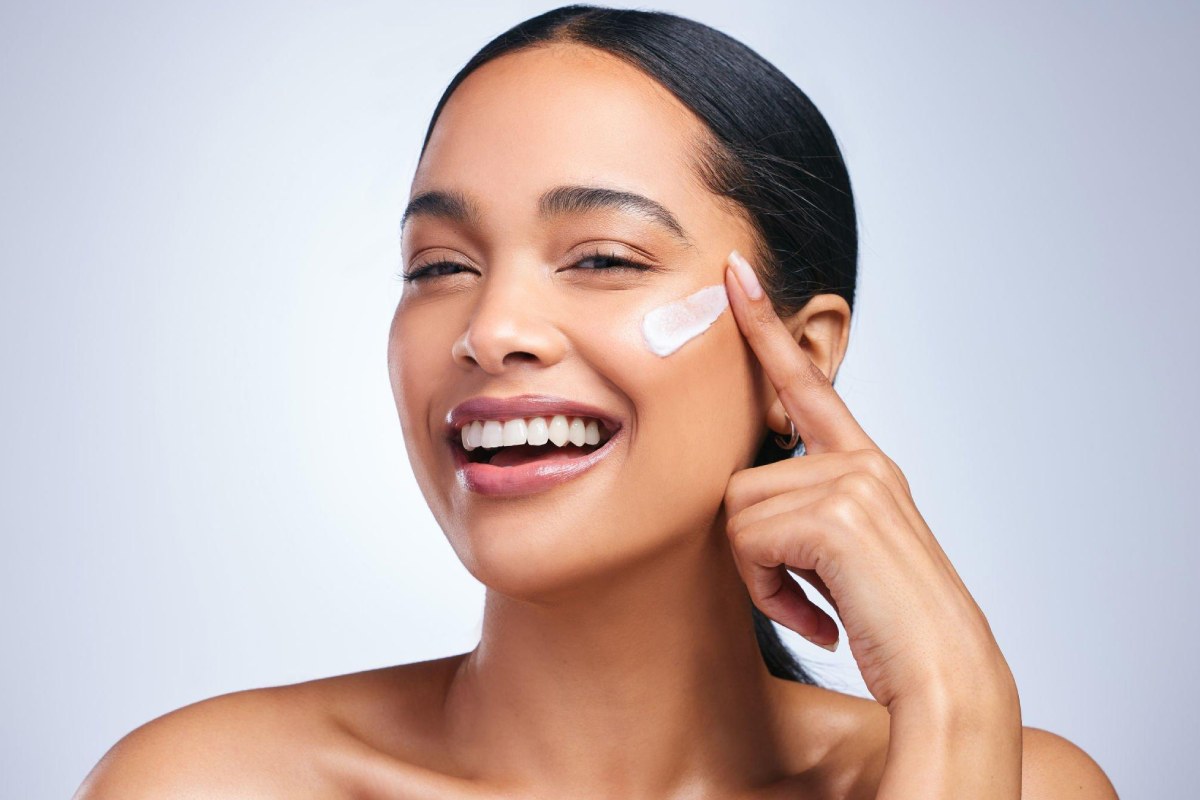Azelaic Acid Cream
Finding the right concentration of an active ingredient can be just as important to your skin’s health as finding the right product. That’s why you should understand your options when it comes to prescription and over-the-counter options, because not all products benefit from higher dosages, and even when they do, the higher concentration is not always right for every use case.
Table of Contents
Combating Acne & Hyperpigmentation
Azelaic acid creams help calm skin irritation, reducing inflammation and sensitivity, which goes a long way toward treating skin issues like acne. It also has the ability to counter the enzyme that causes hyperpigmentation, making it a good choice to treat issues like sun damage and rosacea. The question is how much you need to use and whether you can get the concentration that works for you without a prescription.
Prescription vs. Over-the-Counter
Dermatologists prescribe azelaic acid creams that run from 15% to 20%, and most recommend that level of treatment for serious cases. At the same time, many studies have shown that this compound is uniquely effective at concentrations as low as 10%. While there are gains to be made from higher concentration creams, an over the counter 14% azelaic acid cream is going to be almost indistinguishable in effectiveness from 15% prescription-strength formulas.
Since formulations as low as 10% have been shown to be very effective and overexposure to skincare products can cause irritation for those with sensitive skin, it makes sense to start with an over-the-counter option and monitor the results. If you see progress but it plateaus, that’s a good sign that an upgrade to the maximum prescription strength could help. For many people it’s just not necessary, though.
Niacinamide and Azelaic Acid
Niacinamide, also known as vitamin B3, is a powerful antioxidant that offers barrier-building and pore-replenishing benefits known to combat many of the same conditions that azelaic acid is used for. That has led many to question whether azelaic acid or niacinamide is the better choice to treat issues like hyperpigmentation. The good news is that you can use both, and some products even have them together. Whether you use them in separate steps in your skincare routine or you buy a combination product, there’s no reason to think you can only benefit from one or the other.
Azelaic acid helps calm sensitivity and irritation, reducing discoloration and helping with the skin’s sensitivity to your other products. That can help reinforce the effects of niacinamide before you even consider the additional overlapping benefits they bring and reinforce in one another. While you do not need to use them together to benefit from either of them, it is always worth considering.
Azelaic Acid in Your Daily Skincare Routine
If you deal with chronic hyperpigmentation issues or ongoing acne, you can use azelaic acid in your daily skincare routine. You can find over-the-counter formulations from providers like Foundation Skin Care that fit into your existing routine, complementing the benefits of other active ingredients like vitamin C that also help with pigmentation and skin health. Start looking for your best option to add azelaic acid to your routine to learn more.

